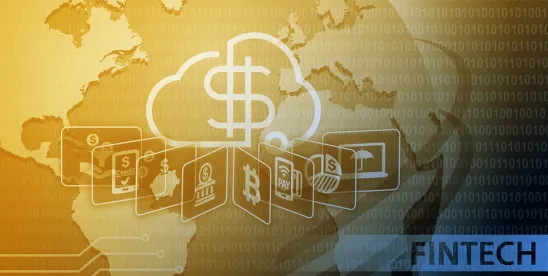The Brooklyn Microgrid - Powered by Blockchain
The Brooklyn Microgrid is making headlines as one of the first attempts to use blockchain technology to facilitate peer-to-peer or, in this case, neighbor-to-neighbor purchases and sales of electricity in the United States.
-
The goal is to allow Microgrid members with solar panels on their rooftops to sell electricity or renewable energy credits to other members of the Microgrid through a secure, closed blockchain network. All energy produced by the solar panels owned by Microgrid members will be recorded to a blockchain ledger, and members will be able to purchase and sell energy using smart contracts with pre-defined triggers that are coded into the ledger. Use of the blockchain ledger will also allow members of the Microgrid to keep track of energy produced and energy purchased and sold among members, without the need for a central monitor.
-
The Microgrid is still in the proof-of-concept phase and, to date, only two test sales of renewable energy credits have been made through the blockchain network. However, the long-term goal is to create a microgrid that is at least partially independent from the traditional grid, and to create a network that facilitates the purchase and sale of electricity without involving a centralized utility as a party to the transactions.
-
The use of blockchain to enable the peer-to-peer trading of electricity among neighbors raises a number of interesting regulatory issues that have yet to be resolved.
-
Notably, it remains to be seen how state regulators with oversight over retail sales of electricity will view blockchain-based purchases and sales of electricity between neighbors.
-
Additionally, despite Microgrid participants’ desire to be at least partially independent from the grid, the Microgrid currently makes use of the distribution system owned by the local utility. Accordingly, there are open issues to be resolved about the obligations and responsibilities of the Microgrid and the local utility.
-
Share & Charge – A Blockchain-based Electric Vehicle Charging Marketplace
The California startup Oxygen Initiative recently announced that they have partnered with the German company Innogy in order to bring Innogy’s Share&Charge technology to the United States.
-
Share&Charge is a blockchain-powered electronic platform that allows owners of electric vehicle (“EV”) charging stations to sell charging time on their charging stations to third parties. Using a blockchain network paired with an electronic wallet, Share&Charge will allow owners of private EV stations to sell charge time on their EV stations to third parties.
-
Through the Share&Charge network, EV station owners will be able to designate the times their stations will be available to third parties, and will be able to post tariffs setting forth the rates that they will charge for use of the charging station and for the actual electricity consumed. In theory, anyone on the Share&Charge blockchain network will be able to seamlessly locate an EV station and pay for charging time using the electronic payment system that is digitally built into the network.
-
Although Share&Charge has been tested in Germany, Oxygen Initiative is the first company to bring Share&Charge to the United States.
-
This innovative platform for EV charging also raises a number of regulatory questions, such as whether the tariffs setting forth the terms of use of the charging station will fall within the purview of state public service commissions.
ING and Societe Generale Contemplate Blockchain-powered LNG Trading
Earlier this month, ING and Société Générale (“SG”) announced that they are in talks to test liquefied natural gas (“LNG”) trading using a blockchain-powered trading platform. The announcement follows a successful test in February, where the trading house Mercuria used the ING and SG blockchain platform to complete a sale of an African oil cargo to China.
-
According to SG and ING, their blockchain platform allowed Mercuria to significantly speed up its processing time and to realize cost savings of up to 30 percent.
-
Apart from speeding up trading transactions, the use of blockchain technology for LNG trading could also streamline LNG exporter compliance with existing Department of Energy (“DOE”) reporting requirements. For example, an LNG cargo traded through a blockchain network could be assigned a tracking identifier in the blockchain ledger that would be automatically updated at each shipping point through to the cargo’s final destination. The blockchain ledger would then serve as an incorruptible record of the sale and the ultimate destination of each cargo, and would therefore address existing logistical concerns associated with manually tracking LNG cargo in order to comply with DOE’s reporting requirements.
-
The ING and SG initiative is just one example of a global push for the adoption of blockchain technology for energy and commodities trading. And regulators have taken notice of this trend. Last September, the acting chairman of the U.S. Commodity Futures Trading Commission called on regulators to embrace and promote blockchain technology. And, on March 9th, the U.S. Federal Trade Commission held a forum to examine the potential benefits and consumer protection implications of blockchain.



 />i
/>i
